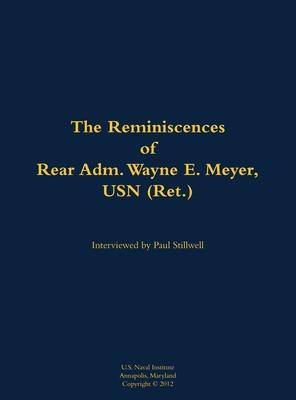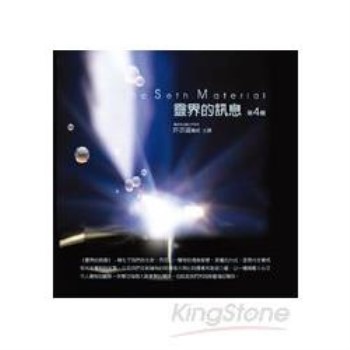Admiral Meyer is known as the "Father of Aegis," the revolutionary combat system now standard in U.S. Navy surface warships for air and missile defense. Meyer grew up during the Depression on a farm near Brunswick, Missouri. He enlisted in 1943 when he was 17 years old and was commissioned through the Naval Reserve V-12 officer training program at the University of Kansas. His initial assignment as an ensign was to begin his postgraduate education at the Massachusetts Institute of Technology (MIT). His first tours of sea duty were in the destroyer Goodrich (DD-831), 1947-48; the light cruiser Springfield (CL-66), in 1948-49; and the destroyer tender Sierra (AD-18), 1950-51. In 1951-52 he attended Guided Missile School at Fort Bliss, Texas, and from 1952 to 1954 taught at the Nuclear Weapons School in Norfolk, Virginia. After being a student at General Line School, Monterey, California, in 1954-55, Meyer served in 1955-56 as executive officer of the radar picket destroyer escort Strickland (DER-324) and 1956-58 on the staff of Commander Destroyer Force Atlantic Fleet (DesLant). He attended the Naval Postgraduate School, 1958-60, and did further postgraduate work at MIT, 1960-61. His final shipboard tour was in 1961-63 as fire control officer and weapons officer in the guided missile cruiser Galveston (CLG-3). From there he reported to the Surface Missile Systems Project in Washington, D.C., 1963-67, and served 1967-70 at the Navy Surface Missile Systems Engineering Station (NSMSES), Port Hueneme, California. RADM Meyer’s longest tenure, 1970-83, was in the Advanced Surface Missile System, which became Aegis. From 1976 to 1983 he was project manager for the Aegis Shipbuilding Project in the Naval Sea Systems Command. His final tour of active duty, 1983-85, was as NavSea-06, Deputy Commander for Weapons and Combat Systems. Following retirement from active naval service, he continued to work in Aegis-related activities.
| FindBook |
有 1 項符合
Reminiscences of Rear Adm. Wayne E. Meyer, USN (Ret.)的圖書 |
 |
Reminiscences of Rear Adm. Wayne E. Meyer, USN (Ret.) 作者:Meyer 出版社:US Naval Institute Press 出版日期:1977-03-15 語言:英文 規格:精裝 / 690頁 / 27.94 x 21.59 x 3.66 cm / 普通級/ 初版 |
| 圖書館借閱 |
| 國家圖書館 | 全國圖書書目資訊網 | 國立公共資訊圖書館 | 電子書服務平台 | MetaCat 跨館整合查詢 |
| 臺北市立圖書館 | 新北市立圖書館 | 基隆市公共圖書館 | 桃園市立圖書館 | 新竹縣公共圖書館 |
| 苗栗縣立圖書館 | 臺中市立圖書館 | 彰化縣公共圖書館 | 南投縣文化局 | 雲林縣公共圖書館 |
| 嘉義縣圖書館 | 臺南市立圖書館 | 高雄市立圖書館 | 屏東縣公共圖書館 | 宜蘭縣公共圖書館 |
| 花蓮縣文化局 | 臺東縣文化處 |
|
|
圖書介紹 - 資料來源:博客來 評分:
圖書名稱:Reminiscences of Rear Adm. Wayne E. Meyer, USN (Ret.)
|










